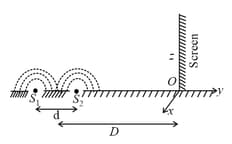EASY
Earn 100
The fringe width for red colour as compared to that for violet colour is approximately
(a) times
(b) times
(c) times
(d)Double
50% studentsanswered this correctly
Important Questions on Wave Optics
HARD
EASY
MEDIUM
HARD
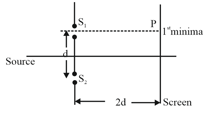
HARD
EASY
MEDIUM
Using monochromatic light of wavelength , an experimentalist sets up the Young's double slit experiment in three ways as shown.
If she observes that , the wavelength of light used is :
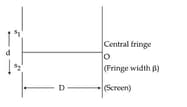
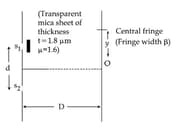
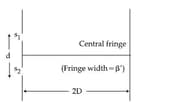
HARD
HARD
MEDIUM
HARD
MEDIUM
HARD
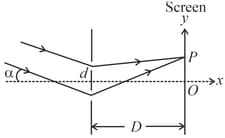
HARD
MEDIUM
EASY
MEDIUM
HARD
MEDIUM
HARD
